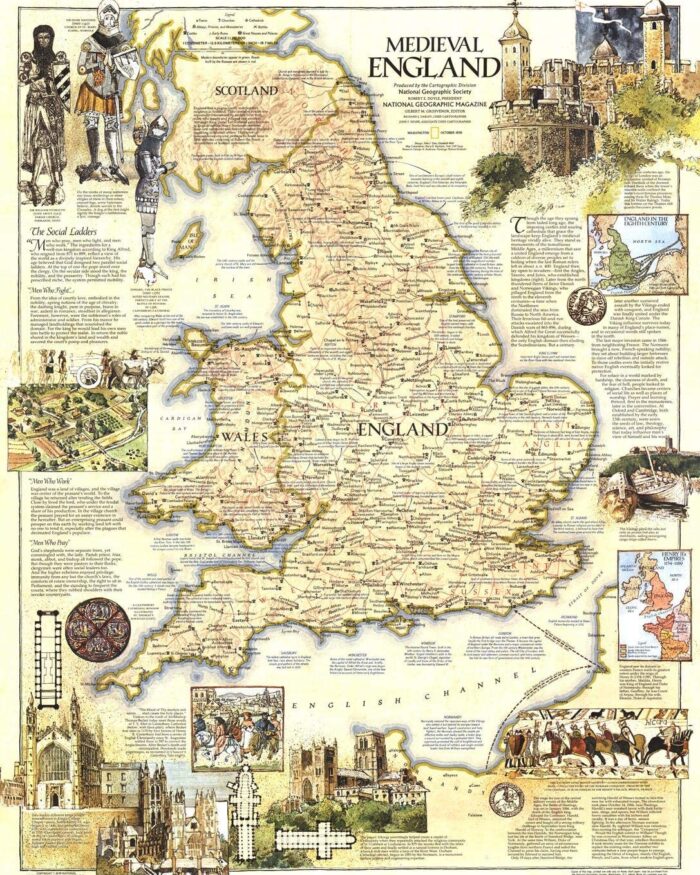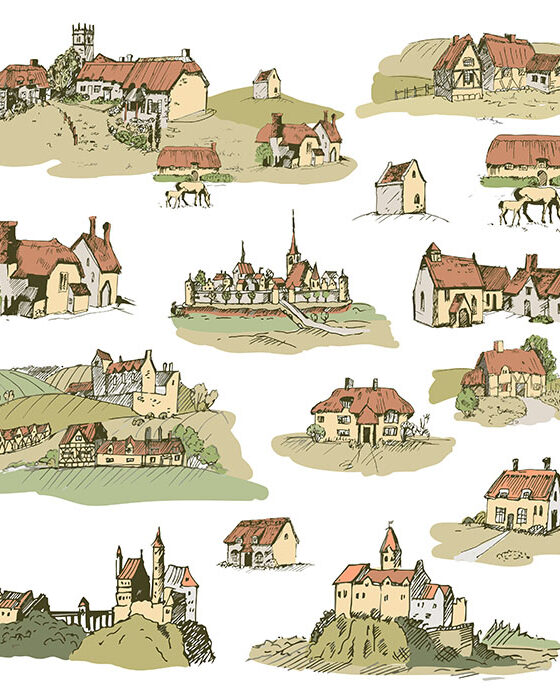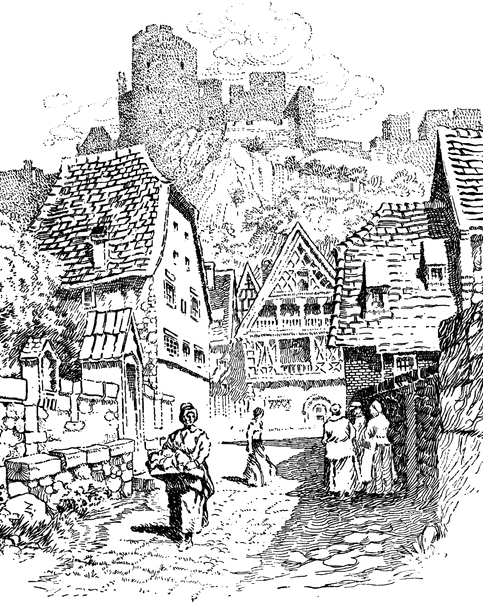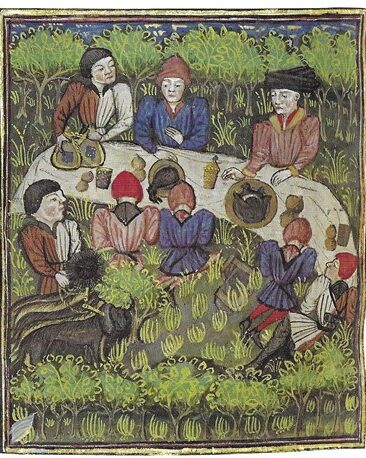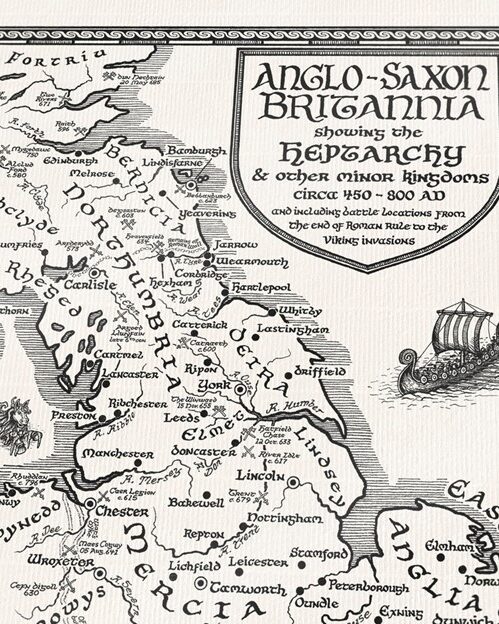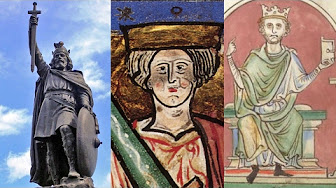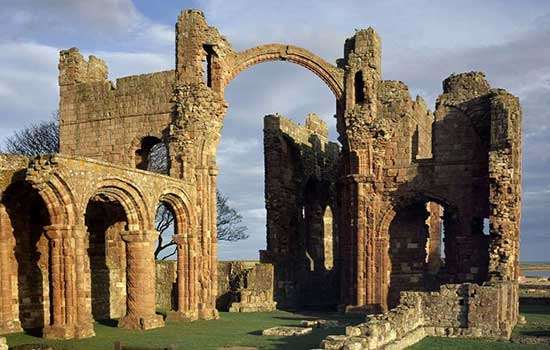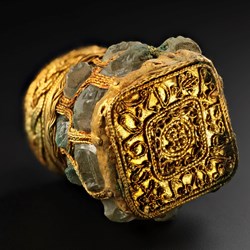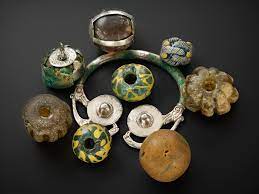Eadred Continues the Work of Æthelstan and Edward
Eadred (also spelled Edred), birth 923 AD/crowned, 946 at age 23/death 955 at age 32/spouse, never married
House: Wessex/Father, Edward the Elder/Mother, Eadgifu of Kent
Children: None
Reign: 946-955
When King Edmund I was assassinated in the year 946, his sons were too young to take the throne, so his brother Eadred (also known as Edred) became king. His closest confidantes included the Dunstan, his mother Eadgif, Oda, and Coenwald. Among the lay nobility, he depended on another Æthelstan who he appointed to govern most of eastern England.
King Eadred was crowned in 946 by the Archbishop of Canterbury Oda at Kingston-Upon-Thames. In 947, a few months after his coronation, he met with Archbishop Wulfstan and other leaders at Tanshelf (now Pontefract) on the southern border of Northumbria. All gathered there to take an oath of obedience to King Eadred but soon afterwards these leaders broke their oath and accepted as their new king Eric Haraldsson (nicknamed Bloodaxe).
Thoroughly ticked off, Eadred and his army marched north and ravaged all of Northumbria in 948, burning down St Wilfrid’s minster at Ripon. His hold on the region was short lived because in 949 Olaf Cuaran from Ireland took over and ruled Northumbria until 952 when he in turn was ousted by the Eric Haraldsson. Eadred did not gain power over Northumbria again until 954 when he appointed Oswulf to govern. Instead of conferring on him the title king of Northumbria, he ended that tradition and titled Oswulf “Ealdorman.”
Not only did King Eadred promote Dunstan to become abbot of Glastonbury, but he also promoted one of his students, Æthelwold to Abbot of Abington, a former royal abbey a few miles south of Oxford. One of the leaders of the English Benedictine Reform, Æthelwold rebuilt and reorganized the derelict monastery. He translated the Rule of Benedict into Old English and firmly established it at Abington. He was a very practical and energetic man who rebuilt the church and cloister, built the corn mills, and had the mill stream dug. While he was Abbot, Abington became one of the most cultured and wealthy monasteries in England, with estates in Berkshire and Oxfordshire. Æthelwold remained in post as Abbot of Abington until 963 when he was appointed Bishop of Winchester.
Eadred died of a longstanding and unidentified illness, possibly a digestive problem that made him unable to consume anything but the juices of his food. The illness forced the King to delegate much of his authority towards the end of his reign. Many of his responsibilities were taken over by St Dunstan, Abbot of Glastonbury. As well as helping the ailing king, Dunstan encouraged Eadred in his faith and support of monastic communities. Eadred died at Frome, Somerset, in 955 AD and was buried in the Old Minster in Winchester. You can still see an ornate mortuary chest at Winchester Cathedral said to contain Eadred’s bones.
At the end of his reign, King Eadred had successfully neutralized York and absorbed Northumbria once again into his collective. Because of his military strength, he not only ultimately forced the Vikings to come to heel but also the Scots, the Welsh, and various Northern Earls—-those who had not recognized the authority of Edmund the Elder. Coinage was even produced in Northumbria that bore his name, indicating his power and influence on a region that chose to be an outlier in the previous years. Though he was aged thirty-two at the time of his death there is no record of Eadred ever marrying, and he had no heirs. On his death, the throne passed to his nephew Eadwig.

Abington Abbey circa 960 AD

